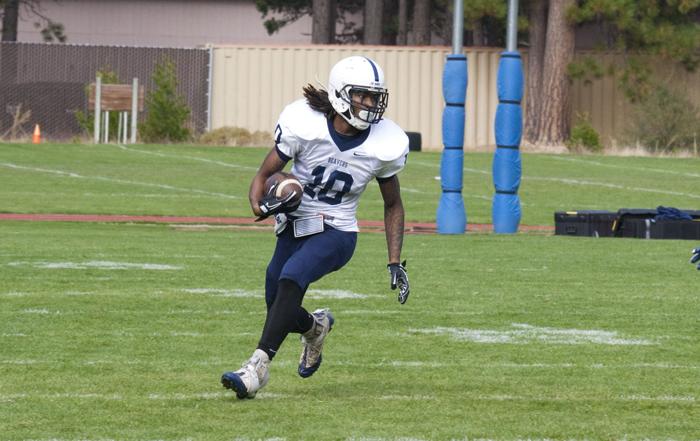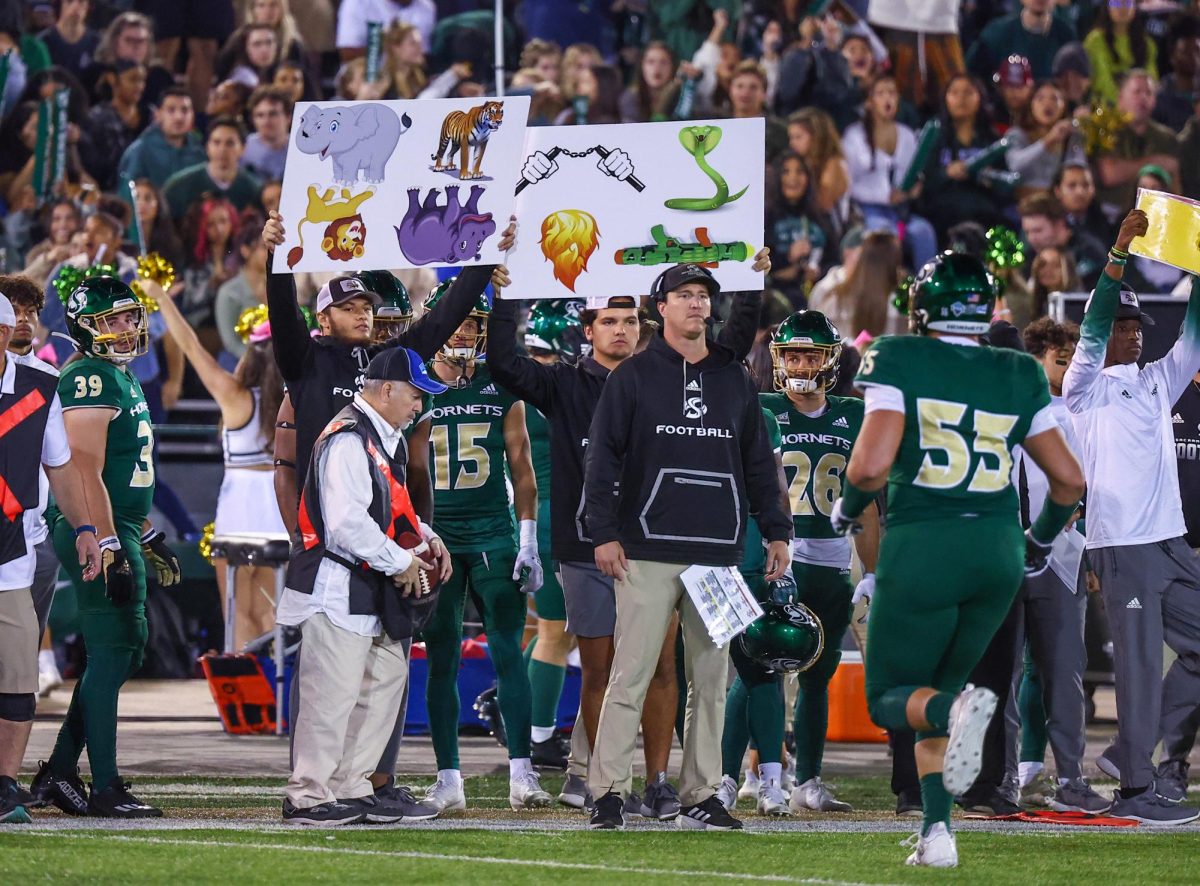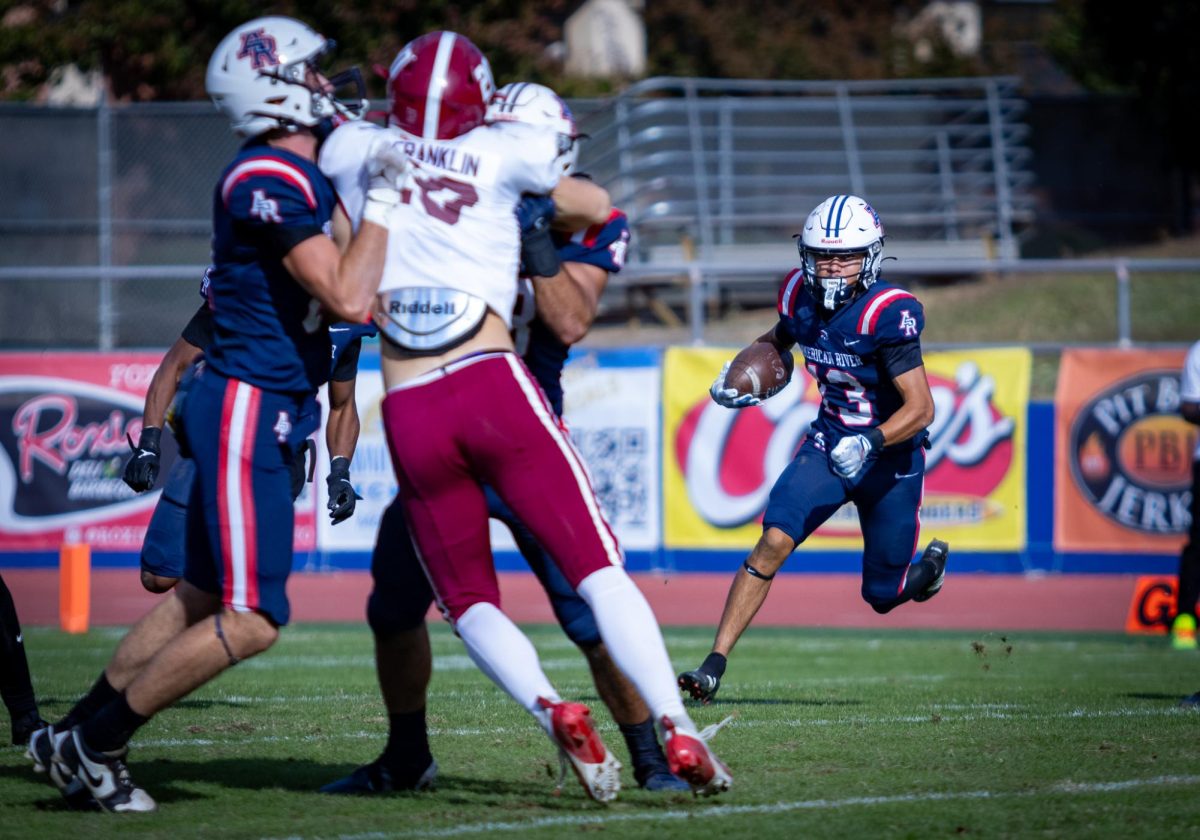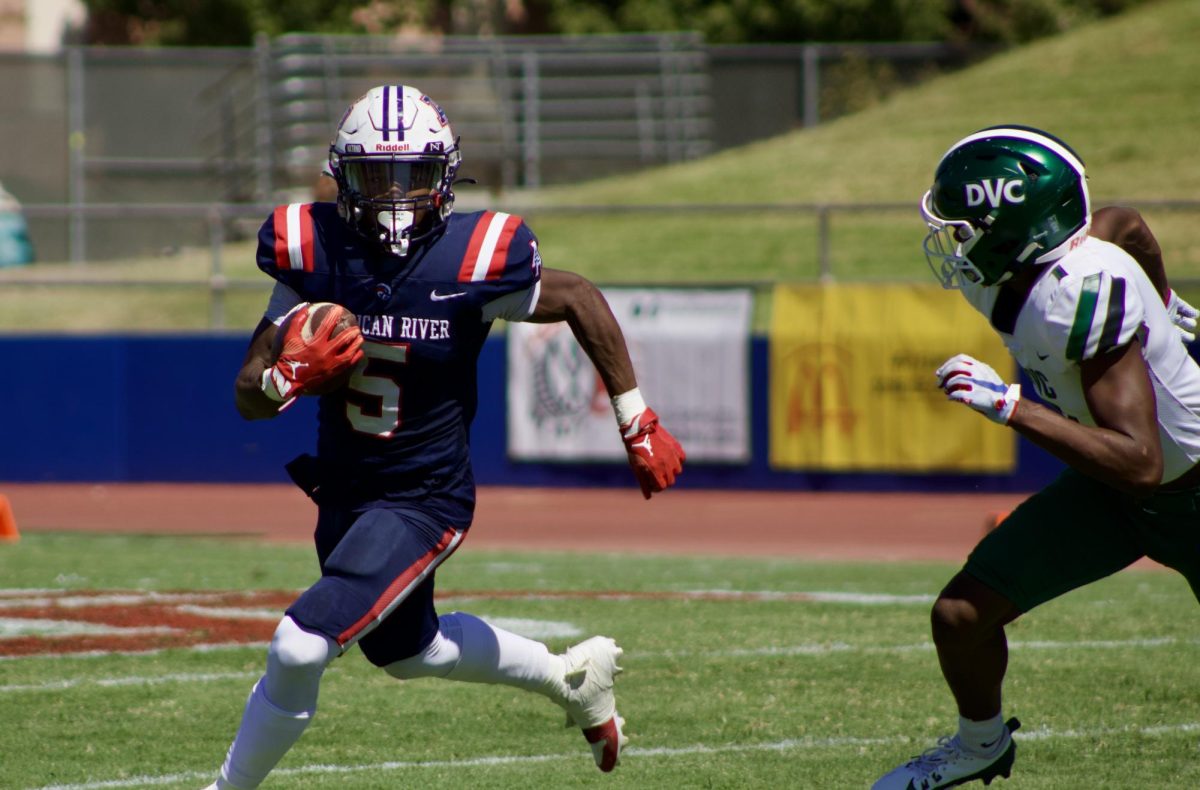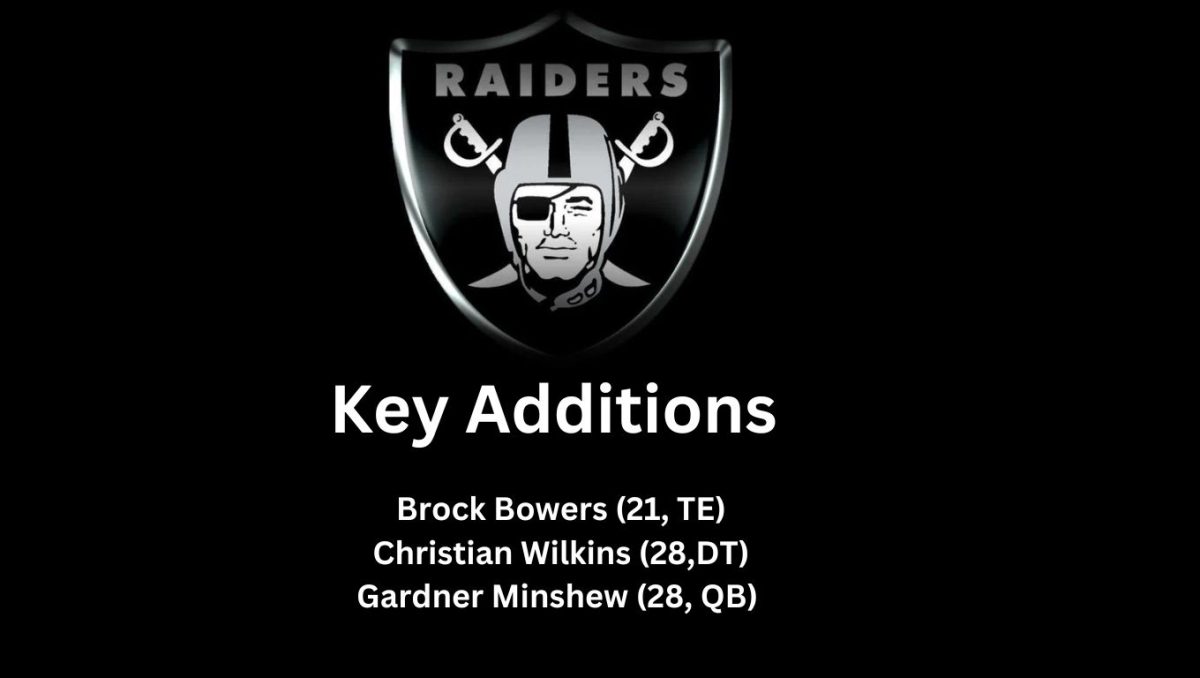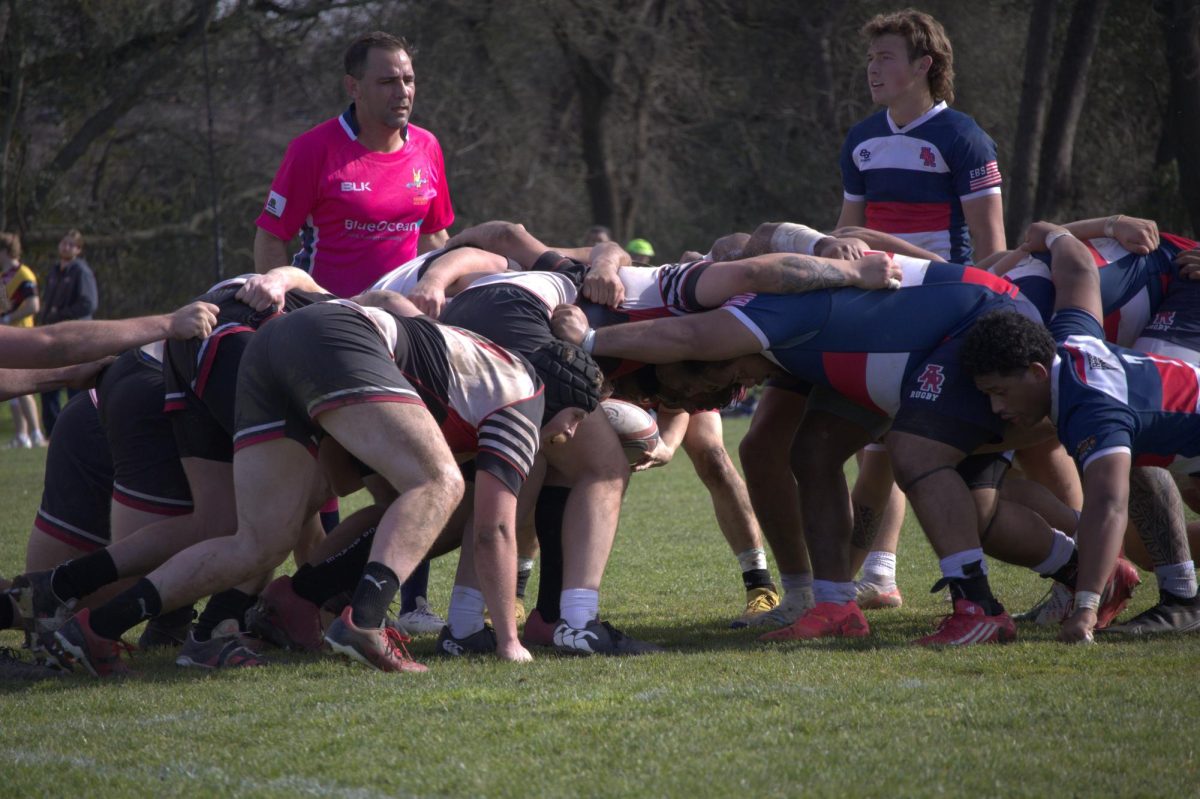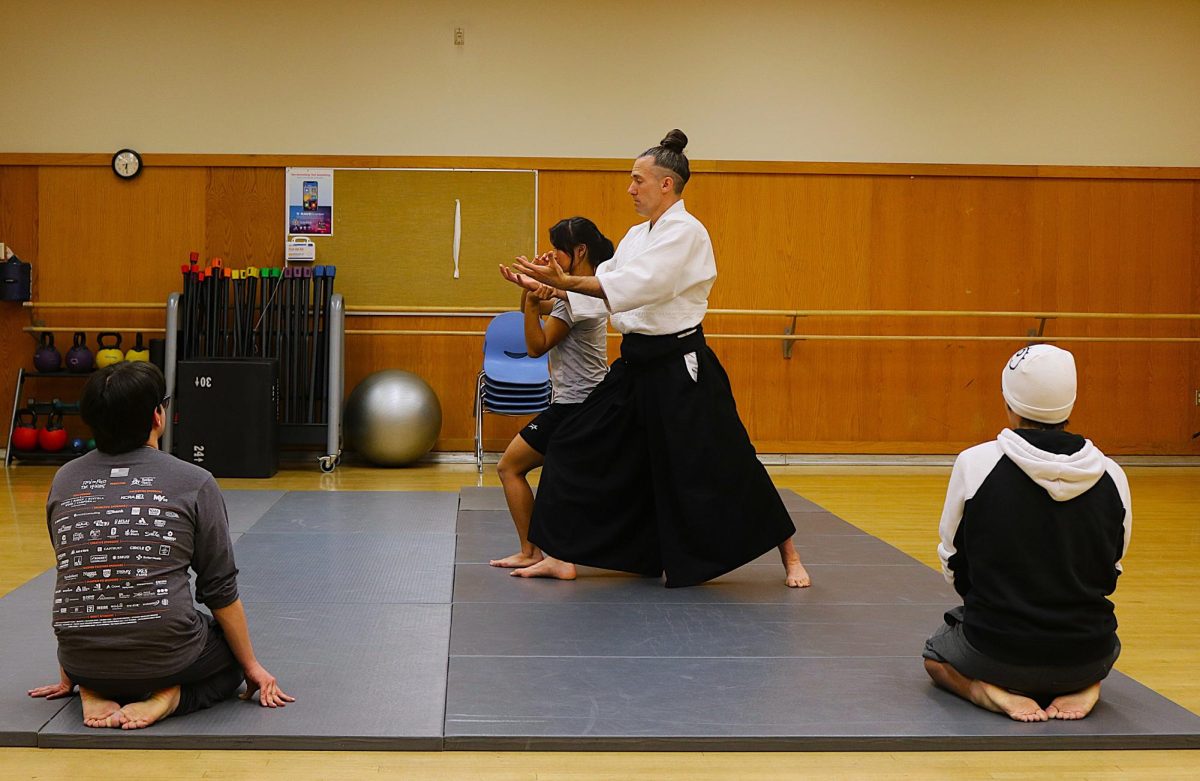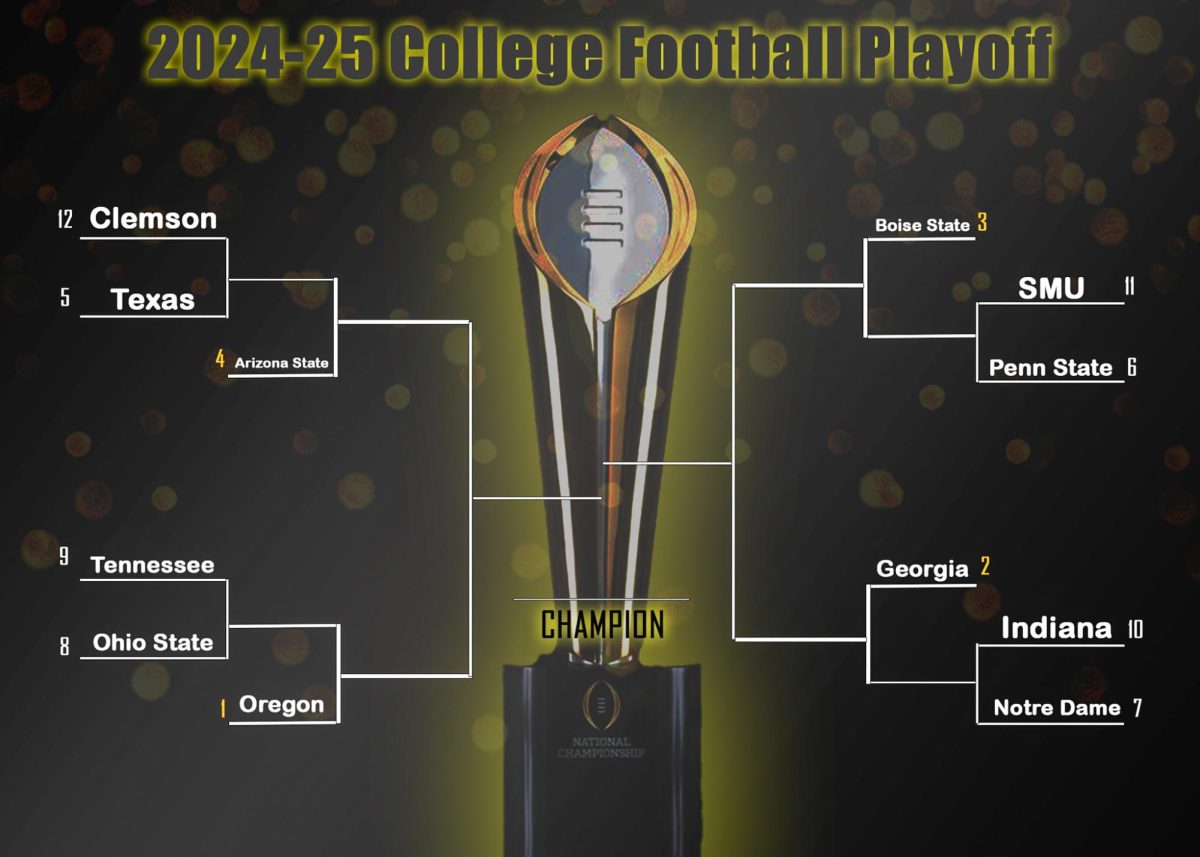Jerry Haflich loves to win.
The 25-3 record the American River College football team has posted since 2010 proves it.
But the number that really gets the head coach excited is 91.
Since Haflich took over the program in 2007, that is the number of student-athletes he has sent to four-year programs to play football, but most importantly, to continue their education.
“The number one thing we wanted to do was to help guys move on,” Haflich said. “That has been and remains to be our number one priority. Don’t get me wrong, I want to win them all. But at the end of the day, helping those guys go on and furthering their education to play the great game.”
Like nearly all two-year colleges, ARC is a second chance opportunity for a lot of players.
Most players at ARC were either too small or too slow in high school for a scholarship, great athletes who didn’t make the grades or a player who had some offers but needed more time to show his abilities before going to a bigger program.
And Haflich has taken players in all three of those categories and helped them further their education and be able to continue playing football.
And it’s a challenge.
Haflich says about 70 percent of the players that come to ARC are considered qualifiers by the NCAA, NAIA and other governing boards of four-year university athletic associations. But of those 30-some percent that are deemed non-qualifiers, it can be a challenge.
Per NCAA rules, a player needs to complete a certain number of core classes with a high enough GPA and score at or above a bottom line score on the SAT and/or the ACT to qualify. If they do not, the player must earn an AA from a community college within two years to be deemed eligible.
And of those 30 percent come some of the top athletes looking for a second opportunity to show they still have the talent. But without the grades, the talent becomes useless.
And four-year head coaches understand that risk when looking at community college athletes.
“Sometimes when they get in the JC mode, they have a bit of self-entitlement issues,” Western Michigan Head Coach Bill Cubit said.
But with two former Beavers on his team in linebacker Terry Easmon and wide receiver Justin Collins, Cubit says these two fit the mold of someone who has matured greatly since high school.
“Both of these kids are two really quality kids,” Cubit said. “And because of these two kids, I will go back because you have a person there who does it the right way.”
And the players agree being under Haflich for two years helped them mature.
“Being at ARC taught me to be patient,” Collins said. “I needed to work harder and the opportunity will come.”
Both players started this season for the Mustangs. Easmon has started every game for WMU and Collins was a starter before breaking his hand during a game where he caught his first touchdown.
Then there are players like LaDon Hudson. A 2009 graduate of Inderkum, Hudson took the long route to get to a four-year program. After three years at ARC as a student and a two-year starter at wide receiver, Hudson finally completed his AA in May and is the top scoring receiver for Mid America Nazarene University in Kansas.
Regardless of the situation a student-athlete is in, Haflich gives them a chance to redeem their selves with an education and to show their abilities as athletes.
When talking about his time at ARC, Collins said that Haflich “treated me like a son” while instilling in him the work ethic to “wake up at 7 a.m. every day.”
“If we are not preparing our guys to succeed in college, then we are doing them a disservice,” said Haflich. “I think that is what community college is all about—preparing them for the next step.”


